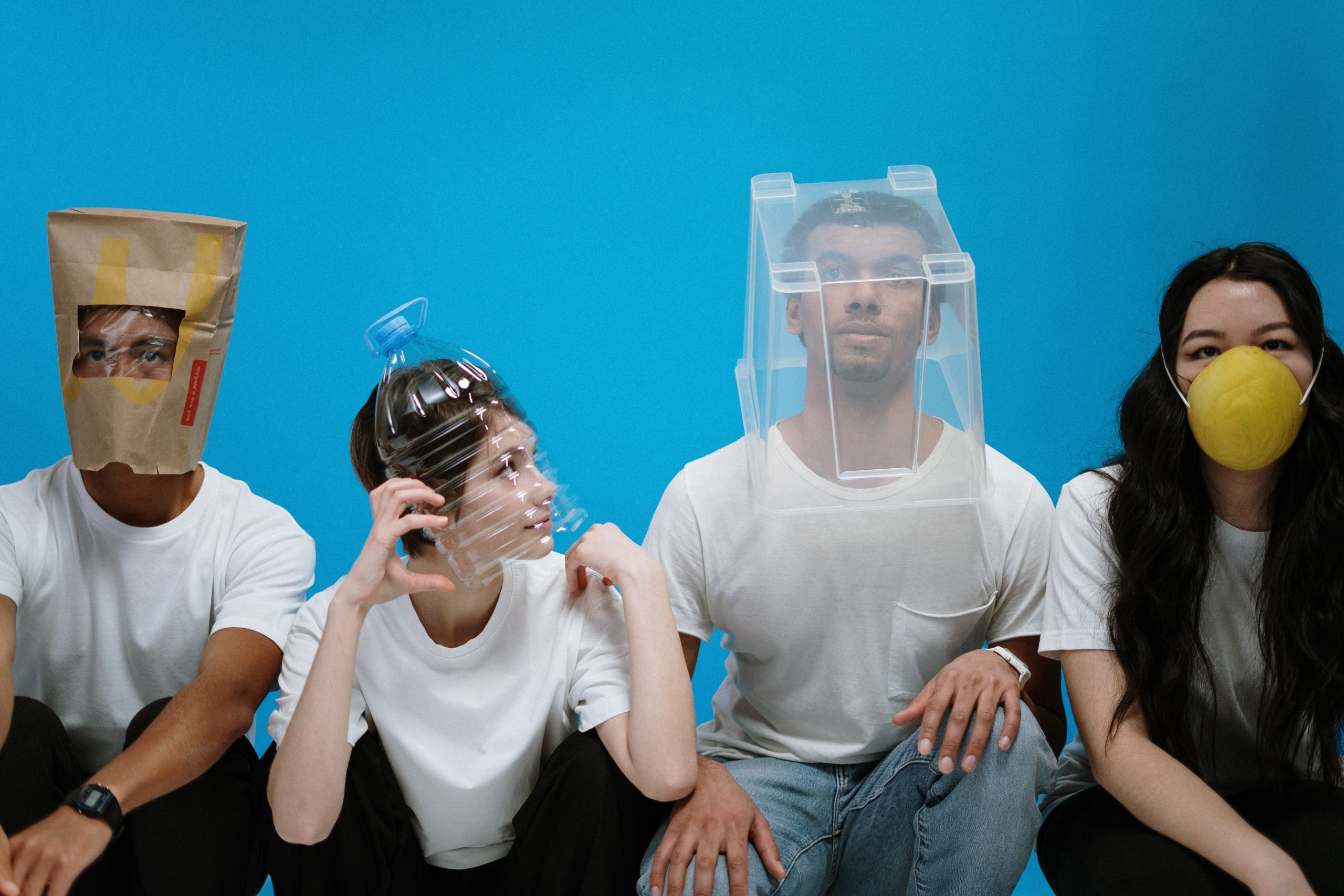Know your Face – Interview with Morphopsychology Specialist Catherine Guillerme
Article By Gilad Sommer
To those of us who are not familiar with morphopsychology, what can you tell us as a sort of a simple introduction?
Catherine Guillerme : Morphopsychology is a method that helps us know more about the human being in a new way. It is about knowing how to observe the face.
It is a method that helps us know things about the person they probably don’t know about themselves. It allows us to see the conscious, but also the unconscious, potential.
For example, people can feel something they cannot put into words, but with morphopsychology we are able to do that, and they can understand what’s happening to them.
Suddenly it becomes clear, and they are able to come to terms with themselves and to fulfil themselves.
I met the founder of morphopsychology, Prof. Louis Corman, when I was 21-22, while I was studying in New Acropolis in France. But I read his book earlier. Prof. Corman was a psychiatrist who loved observing people, and he was familiar with a theory of another doctor, Claude Sigaud, about the natural law of dilatation and retraction. Corman Took this law, he observed how it is applied with the face and developed morphopsychology. This was at the beginning of the 20th century, I believe around 1930. His first book came out around 1950, and the school of morphopsychology opened its gates in 1980.
Dilatation refers to our ability to adapt more easily to our environment, it is reflected in a larger, more open shape of the face. When the face is thinner, retracted, it doesn’t mean that we are not open, but that we need a special environment to help us adapt. So we cannot adapt immediately, we need time, we need special connections or relationships in order to adapt.
The motto of morphopsychology is understanding without judging. It’s to respect the human being, and at the same time to shed light on the different aspects of the human being. And to put our potential in play. We have to recognize our potential.
With Morphopsychology we don’t judge people unnecessarily because we understand the inner world of people.
How can morphopsychology be used?
Catherine Guillerme : I specialize in career counselling, but morphopsychology can be used for many things. For example, to bring harmony among people in a company, between partners in a relationship, between family members. It helps us to know more about our children, as some children are not like their parents, and these parents don’t know how their children think and feel, what motivates them to act.
We can use it to answer the questions of who am I and where am I, am I doing what I need to do? A lot of people ask these questions, and it’s a good and quick method (for example, in my case two consultations are enough to form a picture of the personality).
The first thing we need to do is to observe without filters. In the workshops I give we practice understanding what we see. To observe is not only to see what I want to see, but to see what is truly there. Some people can’t do this.
For example, we need to see if the bone structure of the face is open or retracted, we need the training to do that. Morphopsychology is not as intellectual as it is observational, and what you see and understand is the link between the features of the face and the psychological characteristics of the person.
The methodology is completely mind-blowing. I have known morphopsychology for more than 40 years and I’m always surprised by how people react to what I tell them. At the beginning, they think I’m a medium, but I’m not a medium, the methodology is just so precise that it’s fantastic. We can quickly know what is a person’s state of mind, and that’s a positive thing because we can take action.
I also love this method because everything is in movement. When we analyze a face, we are not trying to say “you are going to be like this for the rest of your life”. No! We are in movement.
What we see on a person’s face is the information coming from the nervous system. The nervous system is sending information through the muscles and the muscles position themselves accordingly. If for example, we are under a lot of stress for one or two years, the bone structure will become retracted, under the tension of the muscles. When we go to the chiropractor, for example, he sets the cervical bone, because the muscles are changing the bone structure. The tension is so strong that the bone has to move. The bone structure follows the movement of the muscles. The muscle is continuously in movement and that’s how the face changes.
But sometimes it doesn’t. We can see some person’s pictures from the last 10 years and we see no changes, while with others we can see a lot of differences. Some people look younger when they are 40 or 50 than when they were 20 or 30 years old. It’s normal because the face is not a reflection of the experience we live, but of how we live the experience.
It’s important to know more about the human being, to know that nothing in the human being is rigid, all is in movement. We are not victims of our face, but we are continuously building our face. And through the face we can understand more about ourselves and why we feel comfortable or uncomfortable. With morphopsychology, we can learn to come to terms with and fulfil ourselves, we can be more comfortable with who we are and not wish to be somebody else. No. Who we are is for life, and we need to accept it. But in a positive way, not with a victim mentality. To accept it and to develop ourselves more, because if we understand ourselves we can move forward from there. We can understand that we can realize more than we think we can.
How does morphopsychology help with finding one’s career path?
Catherine Guillerme : In my consultations, I usually advise people about what kind of fields are good and not good for them. My motto is that our profession is like an extension of ourselves. Of course, we can have a job we don’t like, a job we work at only for the money. But I think that this can only last for a few years because generally, people who work for these reasons are completely stressed out, tired. A lot of symptoms come up and they are unhappy.
The goal for me is to find something where they will feel like a fish in water. It is getting more and more difficult to find a vocation, but we can find a good field to work in. We will always have challenges in the professional field. But if we have a positive approach towards what we do, it’s not going to be a problem, we are going to see it as a good challenge.
If we have good self-esteem, it’s easier to do a lot of things. The first step is to know more about ourselves, and then to find a professional field that “looks like me”. But we also have to be careful because it’s not about working a lot, it’s about being comfortable doing what you do, and to reach the end of the day knowing you did what you could, you’re happy with your day, and when it’s over to feel free to do other things. For me, a career is not about working a lot of hours during the week. Sometimes I have clients who work 80-90 hours a week. For me, this is too much. Even if we like what we do, we need other experiences in our lives as well, other things. But we are captive…
What I notice here in Montreal and Toronto, a little bit in Ottawa, is that people have a lack of self-esteem. But at the same time, the education system teaches us how to put on a show, a mask. So we do a lot of things for our image. People want to show things on the outside they would like to have on the inside.
And that’s why when the boss asks them to work more, they do it because they want to be loved by the boss, and they want to make an impression. I think they have no faith in themselves. I see that with many of my clients. I think we need a method, like philosophy, like morphopsychology, as well as other things, to go within and to discover that we are valuable, we are human beings, and we have many possibilities. People need to know that. Things are superficial, we are busy with appearances, but in reality, we need to gradually establish the means to develop ourselves… Meditation, Tai-chi, Yoga, by themselves are not sufficient. They only help to calm us down. I can understand why meditation is so successful in North America. People are so stressed out. These things are good, but they are not sufficient.
Stressed out because of work?
Catherine Guillerme : Especially work, because people have to put on a show, to show something they don’t have inside. They are worried about keeping the mask on and that’s stressful.
So they need to find their own value, so they won’t need to impress people?
Catherine Guillerme : Exactly.
When we observe the face – and we practice this in my workshops – we need to observe the front and the profile. The front of the face reflects your adaptation to the environment, but the profile is your identity. And they could be completely different from one another. When we see the front we imagine how the profile should look. But when the profile is completely different, it can be very interesting.
Final words?
Catherine Guillerme : Morphopsychology proves yet again that the human being is marvellous. The real marvel is not technology, we don’t need to be obsessed about technology. The human being is more interesting than social media and Facebook.
To know more about the human being is an adventure.
The entity posting this article assumes the responsibility that images used in this article have the requisite permissions
Permissions required for the publishing of this article have been obtained




Very interesting article. It validates a lot of my work which looks at the face through the lens of Chinese facial diagnosis, along with the idea of First injury Healing. That is, all of us suffer from an early injury which later comes to dominate our thinking, and ends up informing both our attitude toward life as well as our physical appearance. It is interesting to see so many parallels in the work. Thanks for exposing me to this side of the work.